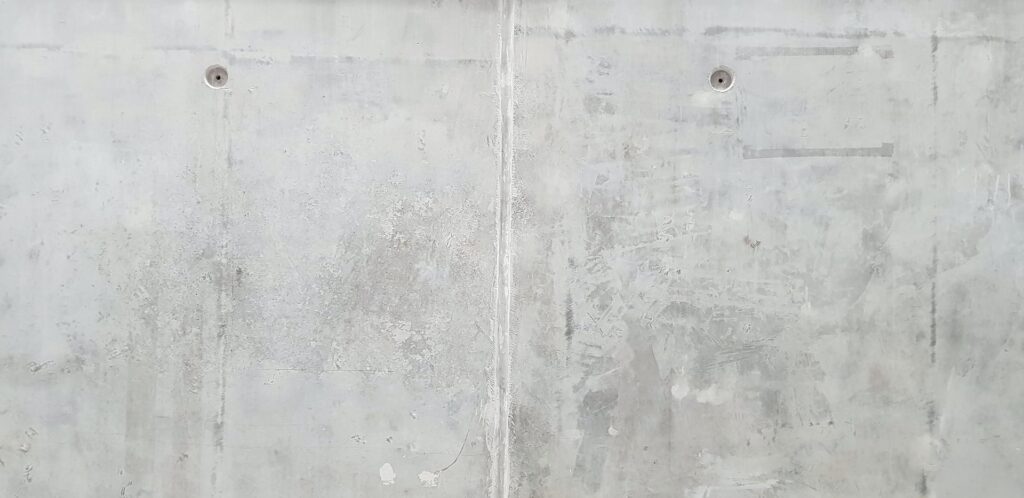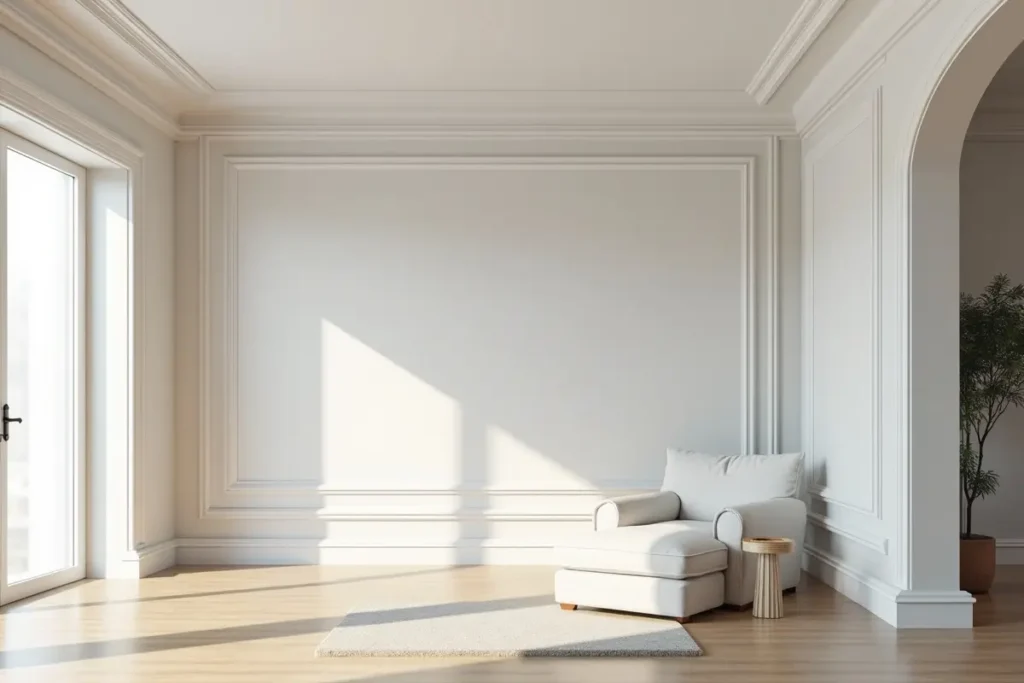What separates a bowling green that performs beautifully from one that constantly struggles with wear, weather, and playability? It’s not just about location or cost. There are a few critical elements that can make or break the outcome, especially once you’re past the planning stage and into long-term maintenance.
Whether it’s a private facility or a community space, getting these decisions right early on will save time, money, and plenty of frustration. Let’s walk through the essentials.
Surface Material Isn’t Just a Preference
The surface is the most obvious part of any bowling green, but many underestimate how complex the decision can be. It’s not just about natural turf versus synthetic options. Each type comes with its own set of needs, limitations, and maintenance routines.
Natural turf has a traditional appeal. It provides a surface that changes subtly with the seasons and, when looked after properly, offers excellent playing conditions. However, it demands consistent upkeep. We’re talking mowing, irrigation, aeration, fertilising, and disease management throughout the year.
Synthetic surfaces, on the other hand, bring durability and lower maintenance demands. They handle poor weather far better and don’t require the same level of daily or seasonal care. That said, they can come with a higher upfront cost and may require specific installation techniques and drainage planning.
You’ll need to weigh:
- Usage frequency – Will it see regular play, or just occasional matches?
- Climate – Is the area prone to heavy rain, drought, or temperature swings?
- Maintenance capacity – Do you have the equipment, budget, and staff to manage a live surface?
Don’t Overlook the Lighting
Bowling isn’t just a daytime game anymore. With evening matches and events becoming more common, proper lighting is no longer a nice-to-have. It’s a core part of the planning process.
Good lighting doesn’t just extend playing hours. It enhances safety, improves visibility, and boosts the overall experience for players and spectators alike. When thinking through lighting requirements for bowling greens, consider the following factors:
Uniformity
The light spread must be even across the entire surface. Shadows and dark patches affect visibility and performance.
Height and angle
Fixtures need to be installed at a height and angle that prevents glare while still illuminating the green fully.
Energy efficiency
Long-term running costs add up. Efficient lighting reduces this impact while still delivering strong output.
Compliance
In many places, there are rules about light spillage and its effect on nearby properties. Make sure your design ticks all the regulatory boxes.
In short, lighting isn’t just about ticking a box. It shapes how the space functions, both practically and competitively.
Drainage and Soil Structure Are Deal-Breakers
Drainage might not sound like the most exciting topic, but it’s one of the most important behind-the-scenes elements of any successful bowling green. A poorly draining surface quickly becomes unplayable, especially after heavy rain. Worse, standing water can lead to turf disease, structural damage, and costly repairs.
Start with the soil profile. Whether you’re building on existing land or laying down a new base, the soil must support both root growth and water movement. Compacted, heavy clay soils are common troublemakers. If the water can’t move through the profile, you’ll face pooling and soggy patches.
Layering the green with proper sub-base materials, including gravel and free-draining sand, helps move water away from the surface. Adding a network of lateral drains underneath ensures it doesn’t sit beneath the turf and cause long-term issues.
It’s not just about installing it right, though. Regular checks, especially after heavy use or seasonal changes, can spot problems before they escalate.
Orientation Affects More Than You’d Think
The direction a bowling green faces isn’t just a minor design choice. It can affect everything from turf quality to player comfort.
Most experts recommend a north-south orientation. This reduces the impact of direct sunlight on players’ vision during peak hours and helps distribute wear more evenly. If the green faces east-west, morning and late afternoon play can be a challenge, with glare directly in players’ eyes.
Sunlight also affects turf health. A well-oriented green gets more consistent light exposure throughout the day, which supports growth and reduces shaded, damp areas where moss and disease can settle in.
Think Ahead About Access and Surroundings
How people get to and use the space matters. Poor access or lack of supporting infrastructure can make even a beautifully built green frustrating to use.
Here’s what to think through:
- Paths and entries – Are walkways easy to use and well-maintained? Are there clear points of entry that avoid stepping directly onto the green?
- Spectator areas – Is there seating or standing space that doesn’t interfere with the playing area? Can groups watch comfortably without crowding?
- Storage – Are there secure places for equipment, maintenance tools, and turf care supplies?
- Water supply – Especially important for natural turf. Is irrigation built in, or will it require manual watering?
These might seem like small details during planning, but they quickly become big frustrations if overlooked.
Maintenance Planning Can’t Wait
Maintenance starts the day the surface goes in. Waiting until problems appear is too late. A proactive schedule, even for synthetic greens, ensures consistent performance and protects your investment.
For natural turf:
- Weekly – Mowing, edging, and visual checks for pests or wear
- Seasonally – Aeration, topdressing, fertilising, weed and disease control
- Annually – Renovation work like scarifying, re-seeding, and soil amendment
For synthetic turf:
- Regular brushing – Keeps fibres upright and surface even
- Cleaning – Removes debris that could lead to moss or mildew
- Infill maintenance – Keeps the right bounce and surface feel
Plan the budget and staffing around these routines. Don’t assume lower maintenance means no maintenance.
Think Long-Term
Short-term decisions can lead to long-term headaches. The best bowling greens in the UK come from thinking five, ten, even twenty years ahead. Choose materials and designs that allow for upgrades or changes. Maybe the community grows, and extra lanes are needed. Maybe a shift in usage patterns means the lighting setup needs expanding. Making smart decisions now that allow flexibility later will save time and money when things change.
Set Up for Success, Not Just Completion
A bowling green isn’t finished when the surface is installed. It’s finished when it’s consistently delivering a good game, season after season. That only happens when you think about more than grass and boundaries.
Surface, lighting, drainage, and layout all play a role. But it’s the combination of these elements, planned with care and foresight, that creates something durable, enjoyable, and worth maintaining.





Leave a Reply
You must be logged in to post a comment.